In a few whirlwind weeks, Meat & Livestock Australia’s larger-than-life corporate chef Sam Burke has seen Australian beef from both ends of the supply chain, and in two of the world’s biggest beef-loving landscapes: the Northern Territory and the United States.
Sam, a well-known ambassador for Australian red meat, travelled firstly to the one-million-hectare Newcastle Waters Station, before heading to the United States to take the pulse of Australian beef’s biggest export market.
Along the way, he experienced what he calls two “full circle” moments, where his own personal story uniquely intersected with the beef industry he champions.
Newcastle Waters
Sam’s epic journey began at Consolidated Pastoral Company’s sprawling Newcastle Waters Station.
As many Beef Central readers will know, the 10,000 square kilometre station was once owned by the late Kerry Packer, for whom Sam’s own father worked in Sydney for 32 years and knew personally.
The trip was designed to give Sam a full immersion into how grassfed beef in extensive northern grazing systems is produced, while also creating eye-catching social media content to help spread the story of Aussie red meat far and wide.
Sam was born and raised in Sydney but grew up hearing stories about life on cattle stations from his mum, who came from Clermont in Central Queensland.
“It meant a lot to me,” he said of the visit to Newcastle Waters.
“It was a full circle moment, I actually slept in Packer’s room, they really looked after me mate, it was so good to go out there to a big station and just be immersed in it.”
During his three days on the station, Sam helped to conjure up hearty meals like braised chuck with parmesan dumplings over a campfire for ringers out on the stock camp, tomahawk steaks for returning crews and brisket sandwiches for local indigenous families – all focused on using every part of the carcase.
 “It wasn’t only about me cooking, it was about me learning what happens, how good beef is produced.
“It wasn’t only about me cooking, it was about me learning what happens, how good beef is produced.
“The first thing chefs or retailers ask me is they want to know the story of the farmer, they want to know the paddock to plate story, so they can encompass that and put a premium on what they’re serving.
“And the bos indicus beef we had there, it was good quality mate – good eye muscle size and good marbling too – MB2, MB3 product – and it ate very well.”
He also paid tribute to Newcastle Waters station butcher Billy and station cook Carla (pictured with Sam below) for the “amazing job” they do.
“They have their farm kills there, they break down all of the animal into different cuts and then cook those cuts so nothing goes to waste.
“Whether it is build your own beef sandwich, or a curry one night, or a barbecue, these guys are utilising the whole carcase, they know how hard it was to produce that animal, they make sure that if they process one they get the best use out of that.”
The visit is starting to feature in a new video series for MLA’s Australian Beef social media channels and YouTube, sharing authentic paddock-to-plate stories with chefs and consumers – see video below.
Across the Pacific: Aussie beef and lamb in the US
Not long after the NT visit Sam ventured deep into the heart of America’s food service world.
He kicked off his trip by helping to showcasing Australian beef and lamb at the Chefs Culinary Conference at the University of Massachusetts, which itself is a world leader in University campus dining with an extraordinarily large range of meal options offered to students – many of which are made using Aussie beef and lamb.
Another highlight of Sam’s American tour was a half-day presentation to the Marriott Hotel Group’s top chefs’ conference in Washington, D.C.
Marriott manages 9700 hotels globally, incorporating brands such as Sheraton, Ritz Carlton and Westin.
Sam showed the group’s executive culinary leaders how to break down an Australian rump into versatile cuts for applications ranging from power bowl salads to novel ways to serve beef for breakfast, and talked about the provenance of Australian beef and the quality that is uniquely backed by Meat Standards Australia eating quality assurance.
“It really gave them an understanding of the different types of production that came out of Australia and what is available for them to put on their menus,” Sam explained.
“You’re talking about a hotel group here that would have a small Courtyard by Marriott hotel right up to a Westin or Sheraton or a leading Marriott that has got a thousand rooms in Las Vegas.”
Flipping Macca’s burgers in Chicago: The ultimate full circle moment
Sam’s most personal highlight came at McDonald’s global headquarters in Chicago.
As a young chef in Sydney, his career began flipping burgers at McDonald’s on Parramatta Road at Concord in 1990.
Three decades later, he stood side by side with McDonald’s global culinary director making burgers again—this time at the home of McDonald’s in the US cooking premium Aussie beef.
“I loved it and they loved it because I am one of their own, I am an alumni, I came from them, right, that is when I started cooking Aussie beef as well.
“And the words that came directly from McDonald’s in their hamburger university is how proud they are to be involved with the Australian industry.
“They said when you talk to your producers, we want you to tell them they are a significant part of this business and they are well respected for the quality of their product.”
The visit included an eye-opening tour of McDonald’s “Speedy Labs” where the company uses artificial intelligence in mock test Macca’s stores to test equipment and processes to serve hot, fresh burgers to customers even faster.
US much more than just ‘burgers and briskets’
Sam said his trip to the US, which was his first, challenged even his own perceptions of American dining.
“There is a lot more happening with cuisine over there and it was a real eye opener for me,” he said.
“They are really at the top of their game, and I took away a lot of key learnings that I can actually implement in the market here in Australia.”
He said he found vibrant culinary innovation everywhere he looked, especially in quick-service concepts using Australian beef and lamb in fresh, healthy applications like Sweetgreen’s salad bowls.
He said Australian product was highly valued in the US for a number of reasons.
“Number one, we’re price competitive and we provide a beautiful quality graded product.
“Number two is that there is a big love for grassfed product at the moment. Organic, healthy, the word grassfed speaks volume, and speaks premium on menus.
“The US is predominantly corn and grainfed, so there is a real target niche for our grassfed producers and we’re known for some really high-end quality Wagyu as well.
“And our lamb is very popular because it is consistent in eye muscle size, it presents beautifully, it is fresh, it ages when it goes straight there, whether it be by air or ship, and it is a good quality carcase size.
“So you’re getting good loin cuts, you’re getting nice legs, not too big or too small, it is just consistent.”
“When you think about the US, don’t only think burgers and briskets. There is a lot more happening with our cuisine over there and it was a real eye opener for me.”
Take home message
From cooking for ringers over a campfire on Newcastle Waters to presenting to chefs from the world’s largest hotel chains, Sam’s take home message from his epic journey is that authentic knowledge of the supply chain is critical.
“Everyone wants to know what is happening and how our product is viewed around the world.
“In summary our product is viewed as a premium product, and also a consistent product.
“And consistent is the word, because if you’re a chef and you’re paying good money or if you are a retailer and you are paying good money for the product, you want repeat sales, so you’ve got to make sure that product is consistently good.
“And that is what Aussies are doing at the moment and we have been doing for a long time.
“It is just good to see how it is received from your humble Big Mac right up to your fine dining restaurant in New York.”

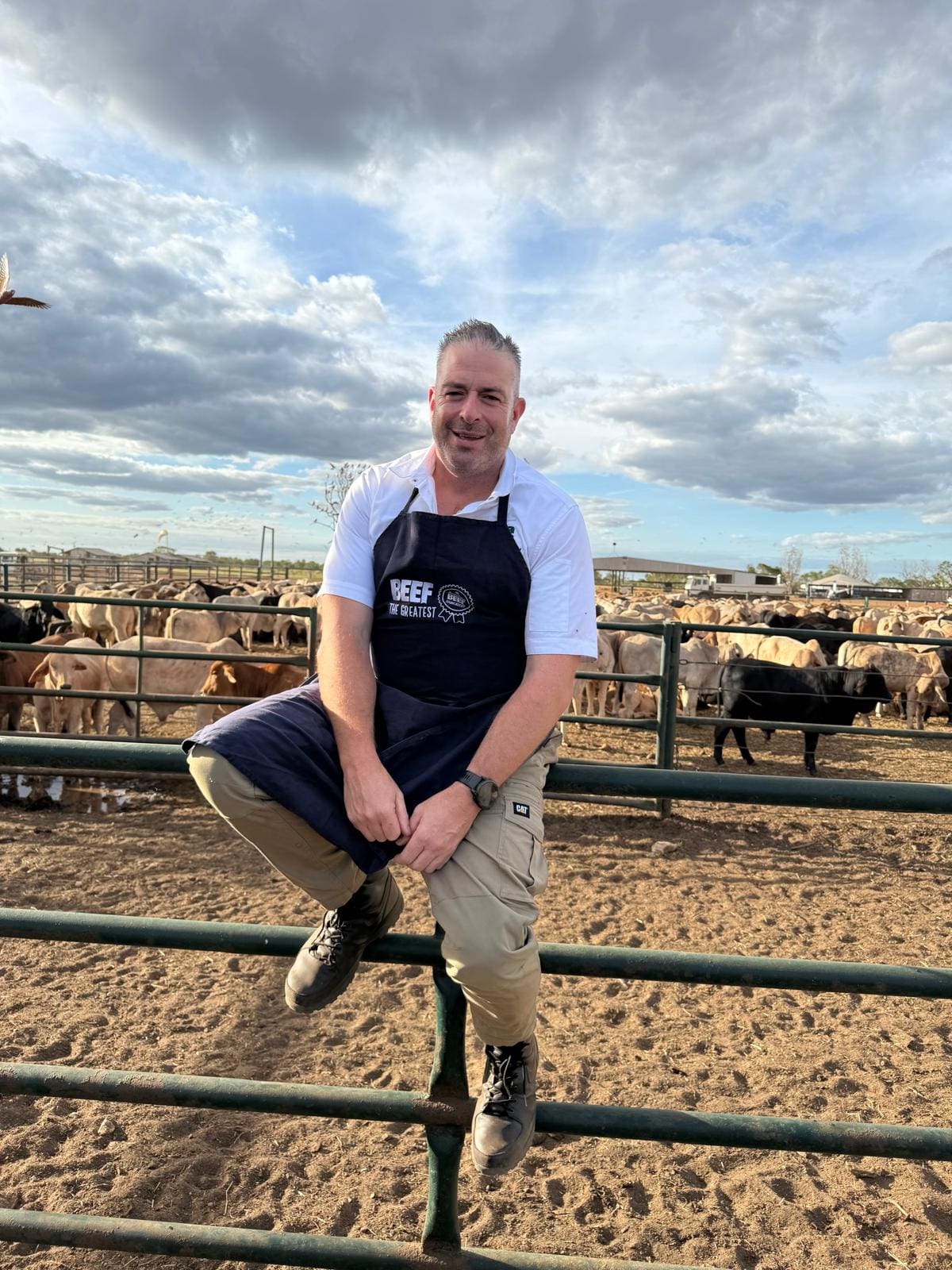
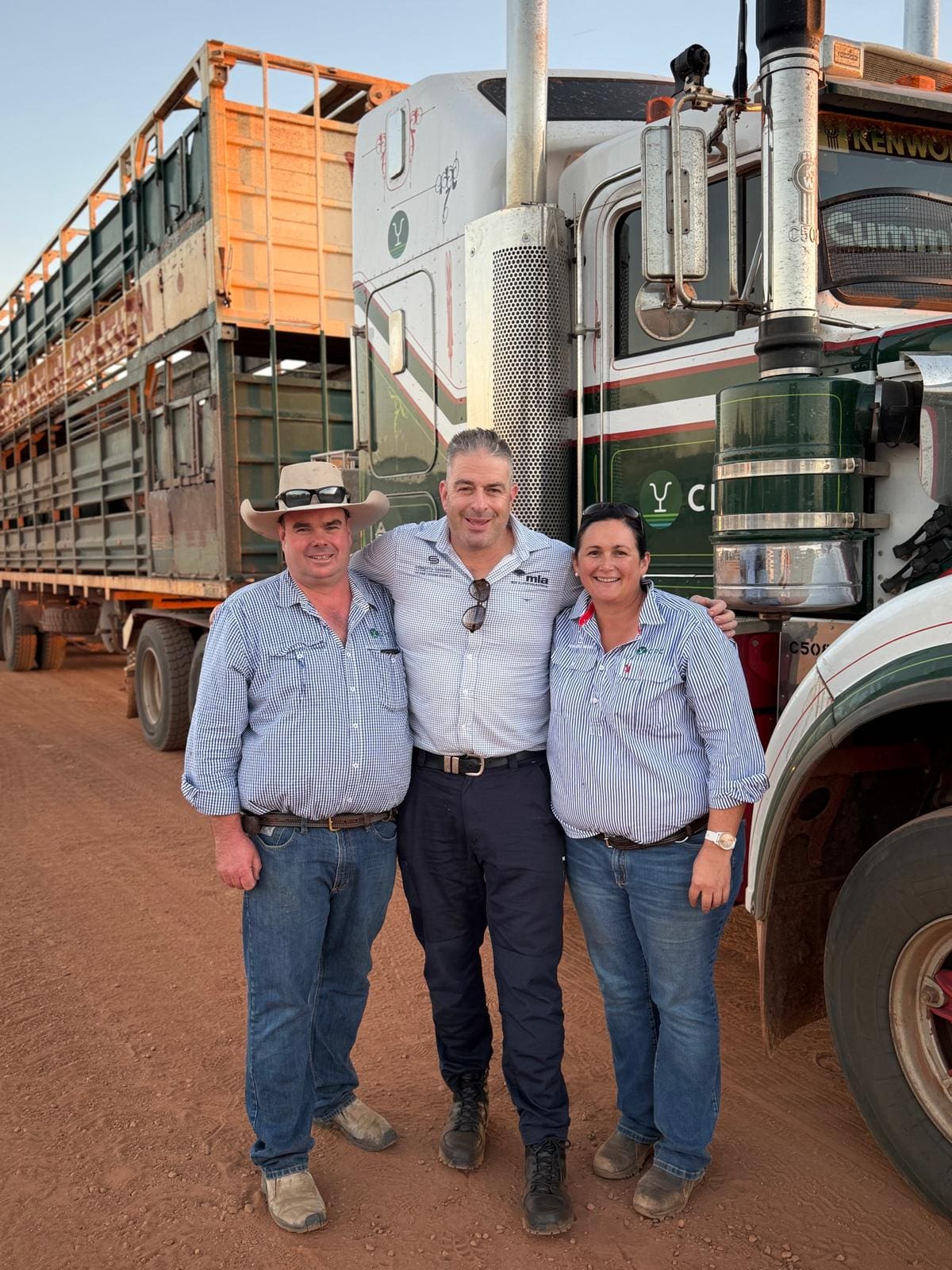
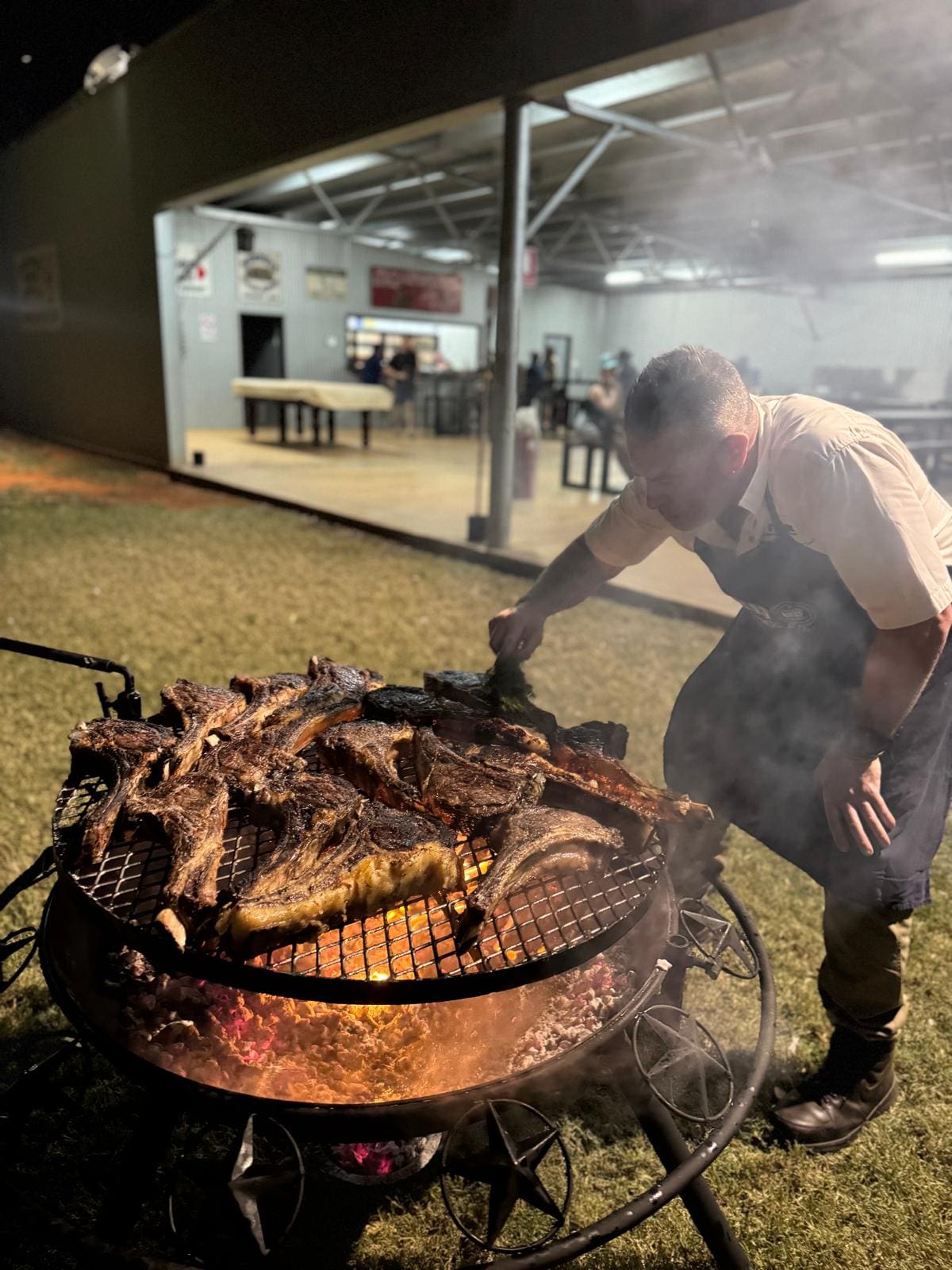
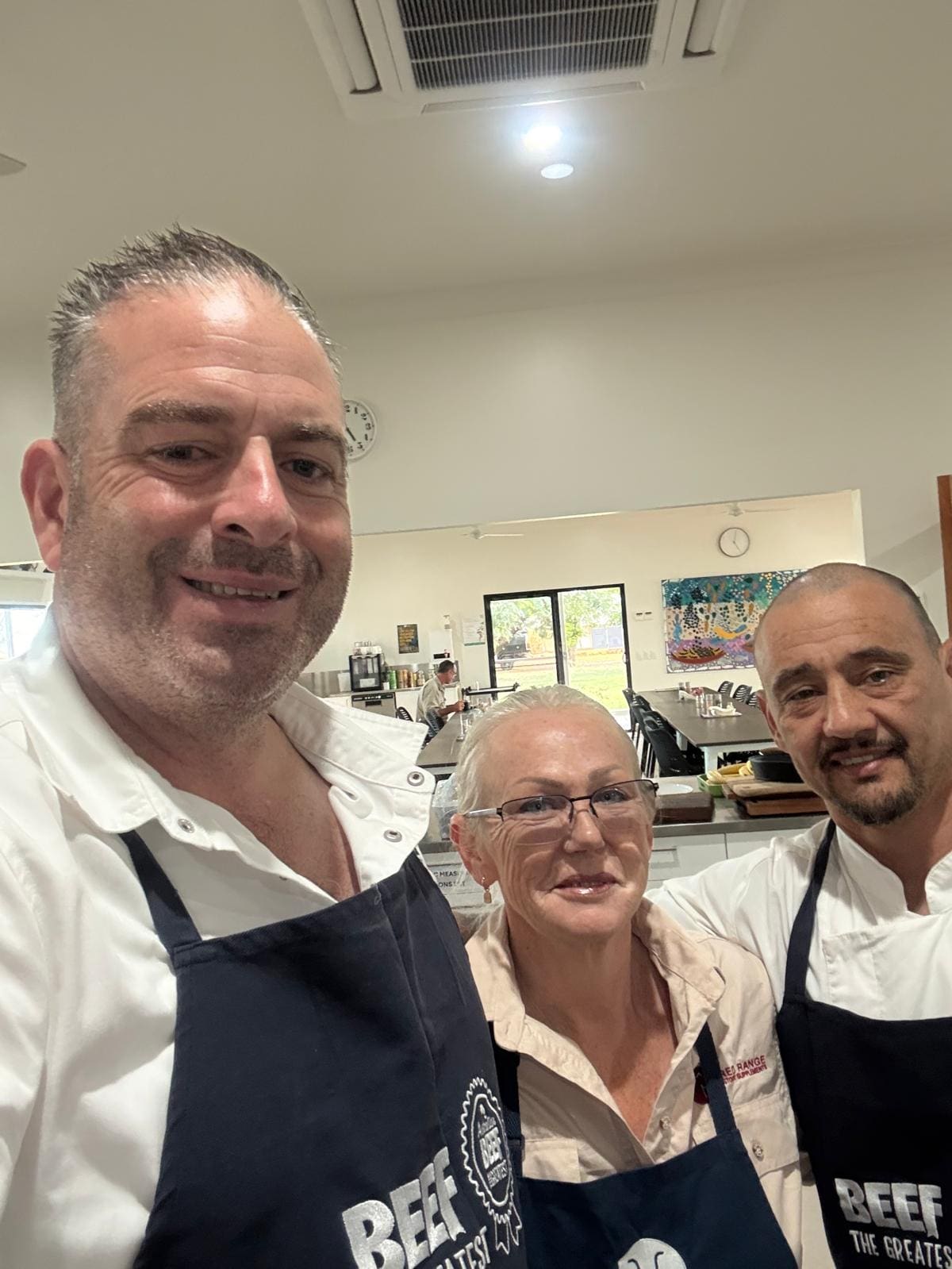
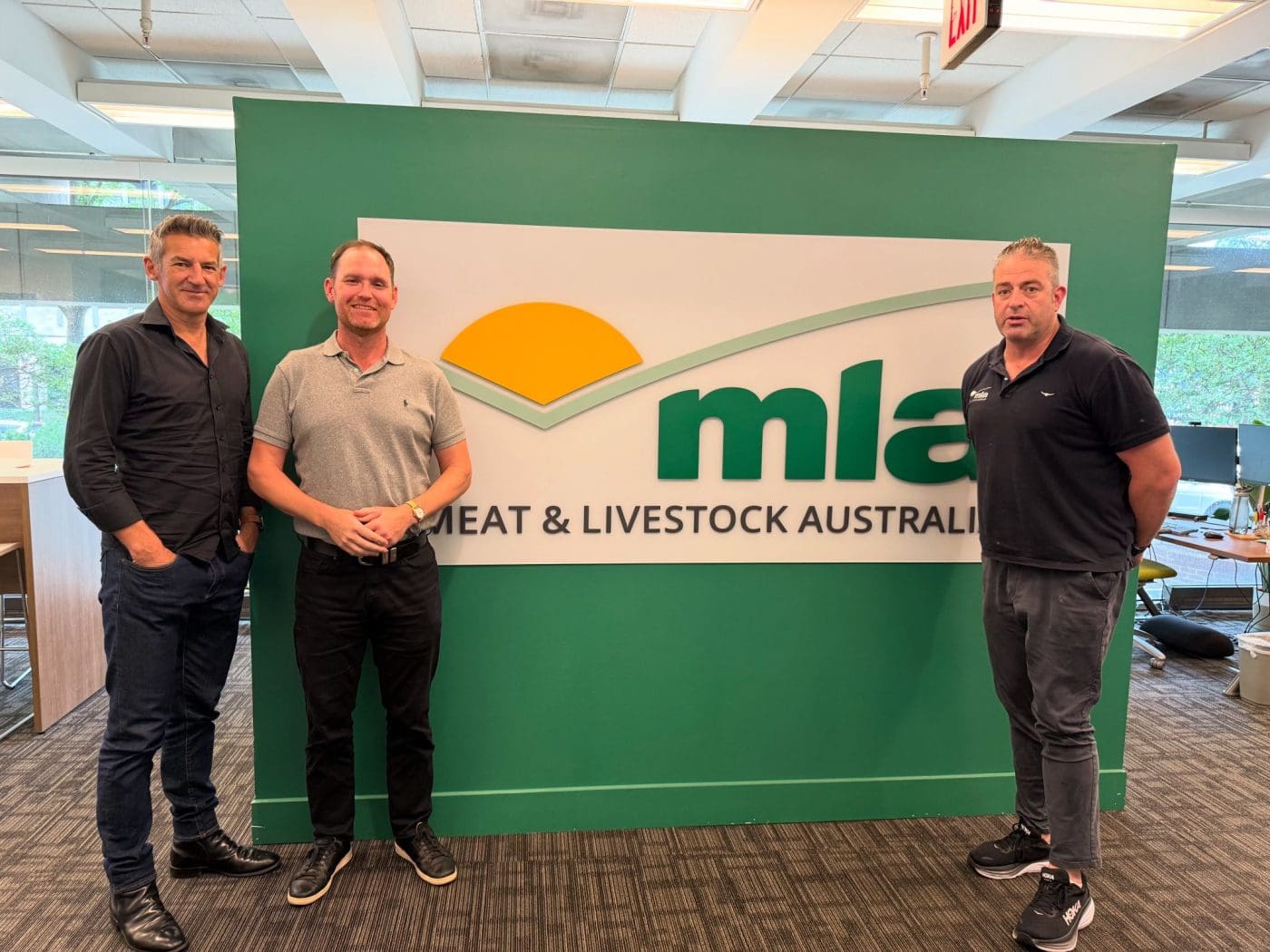
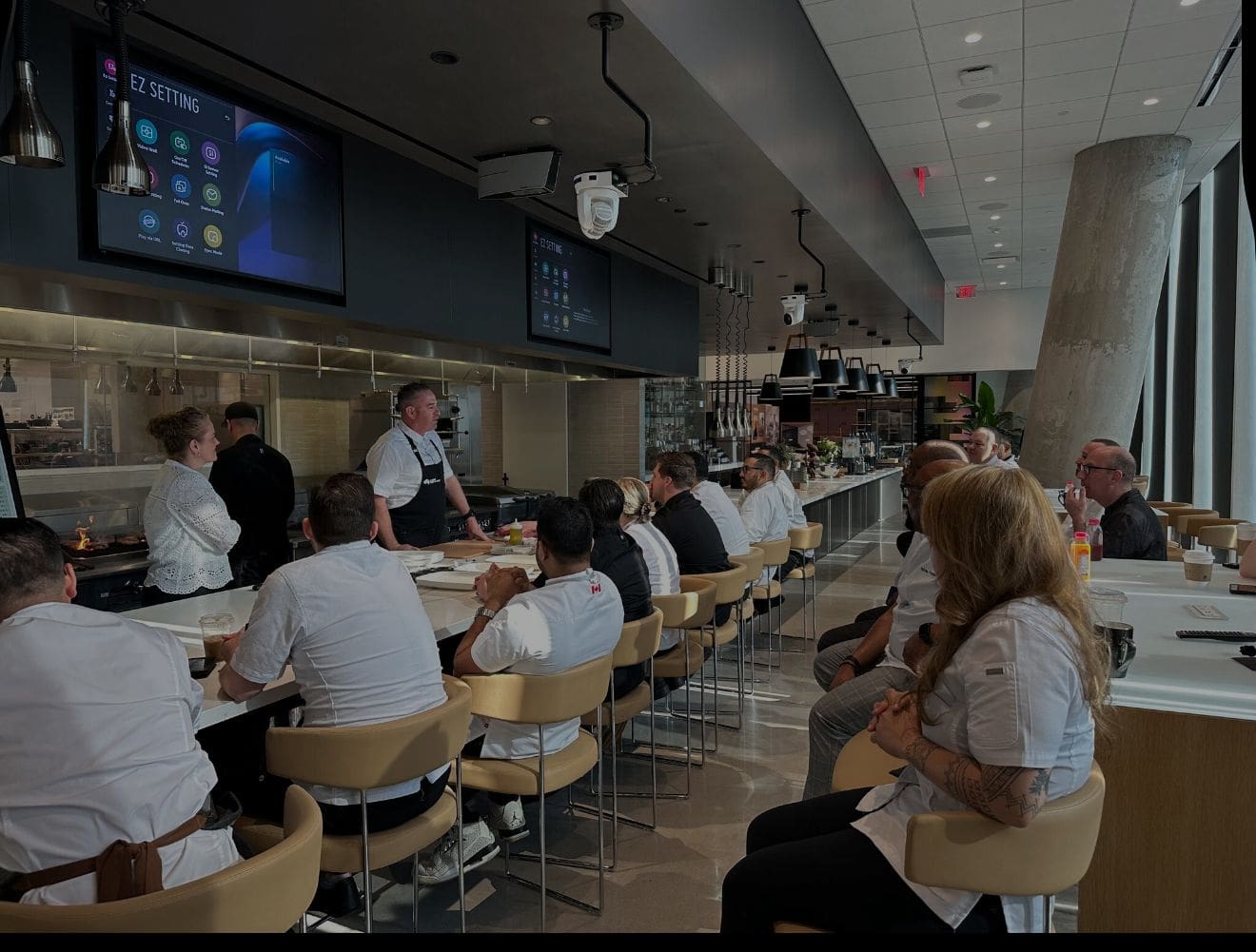
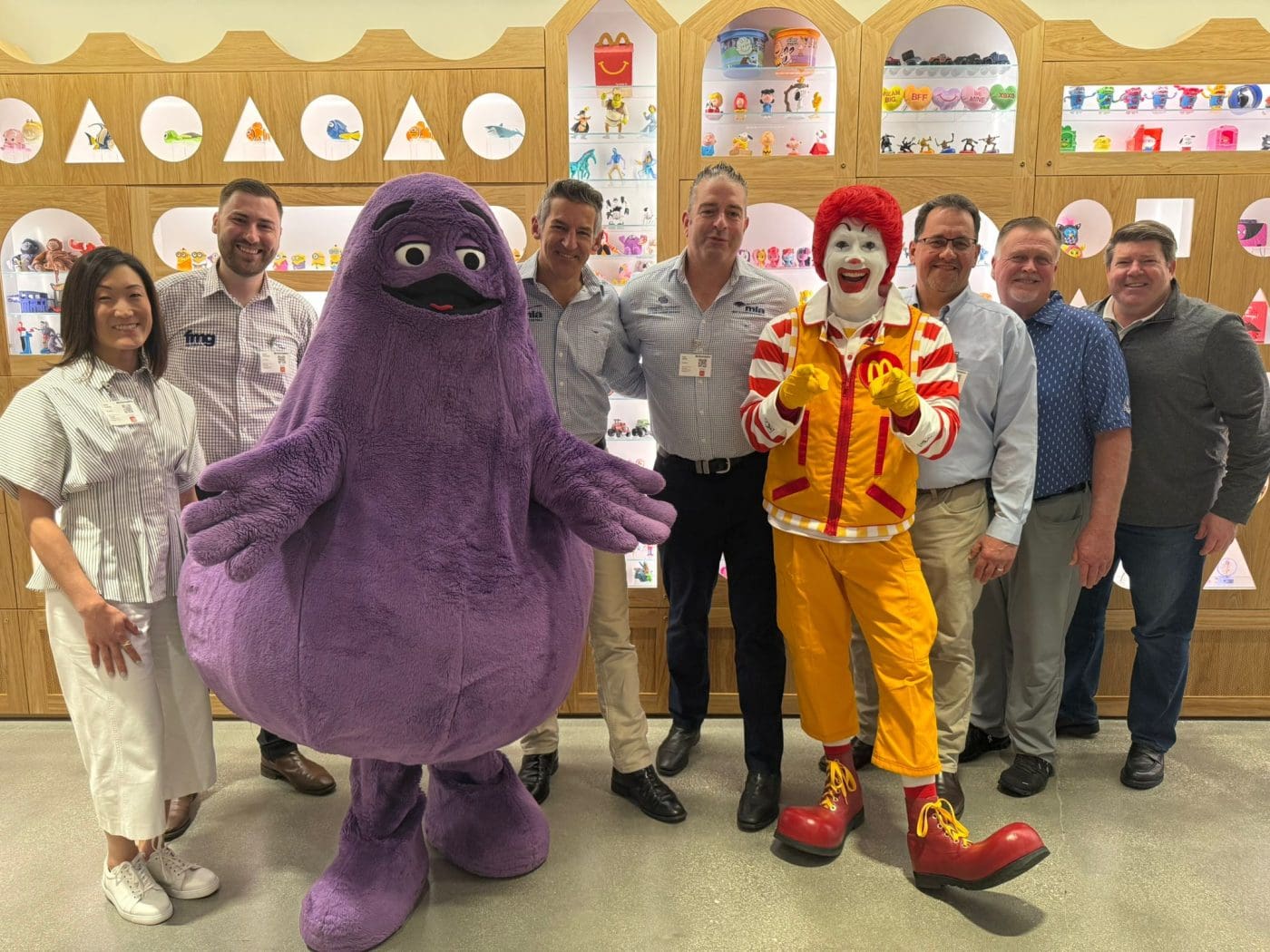
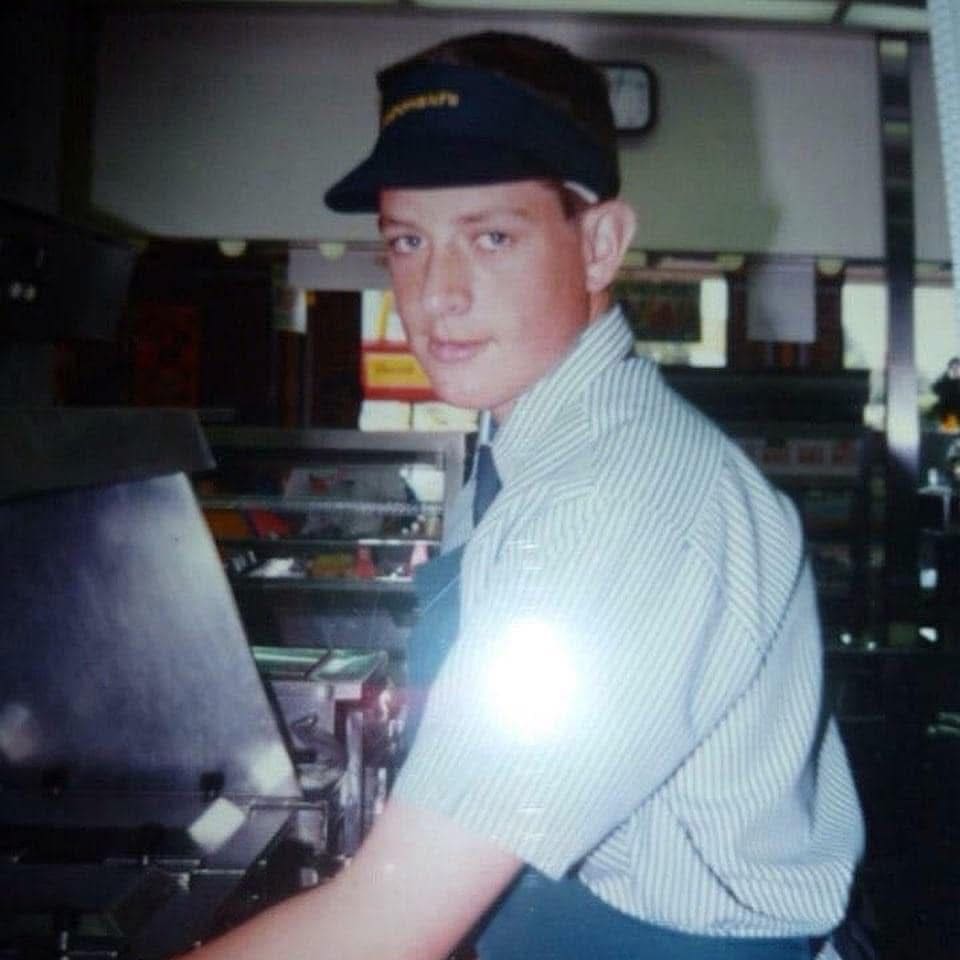
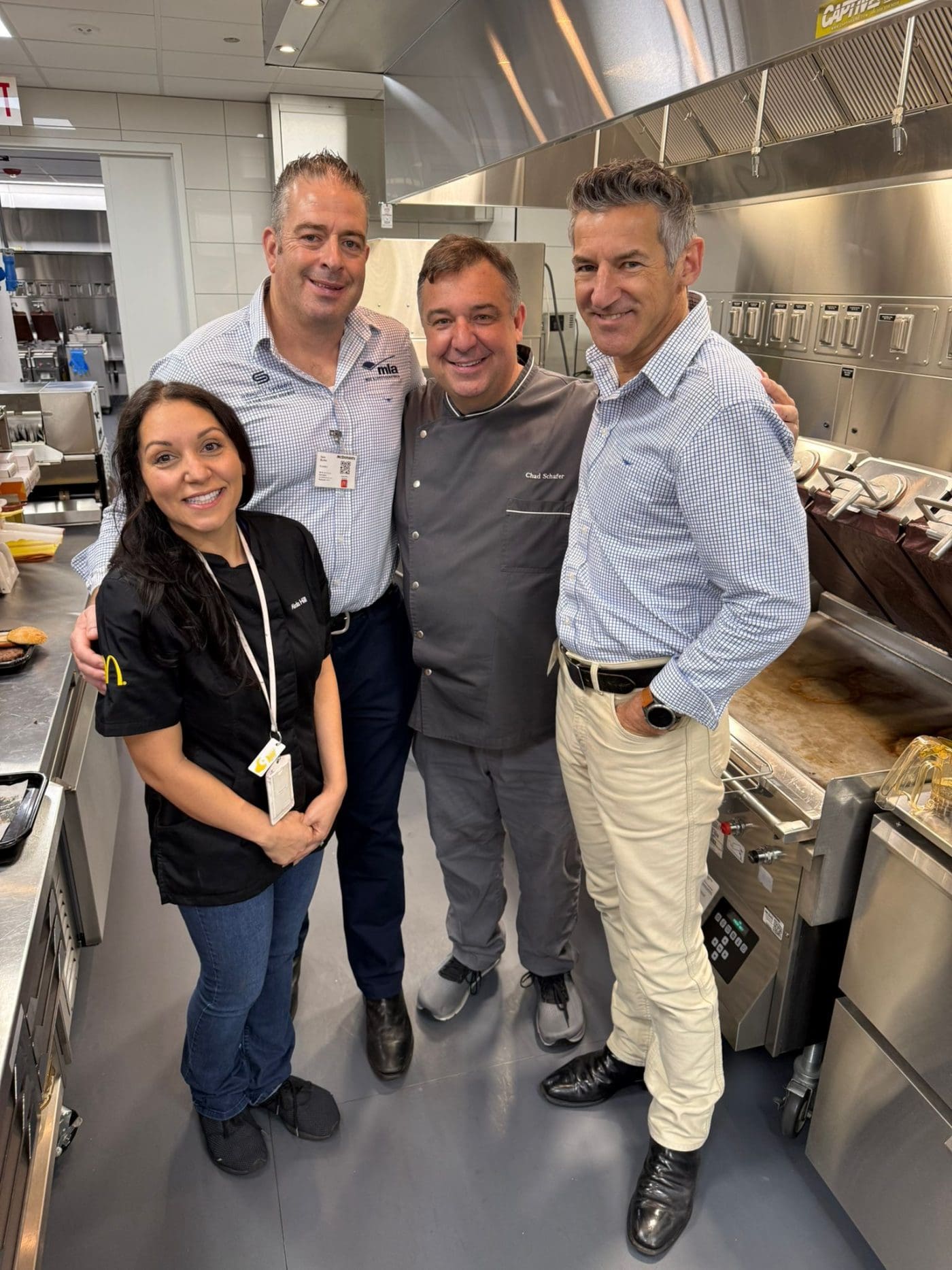
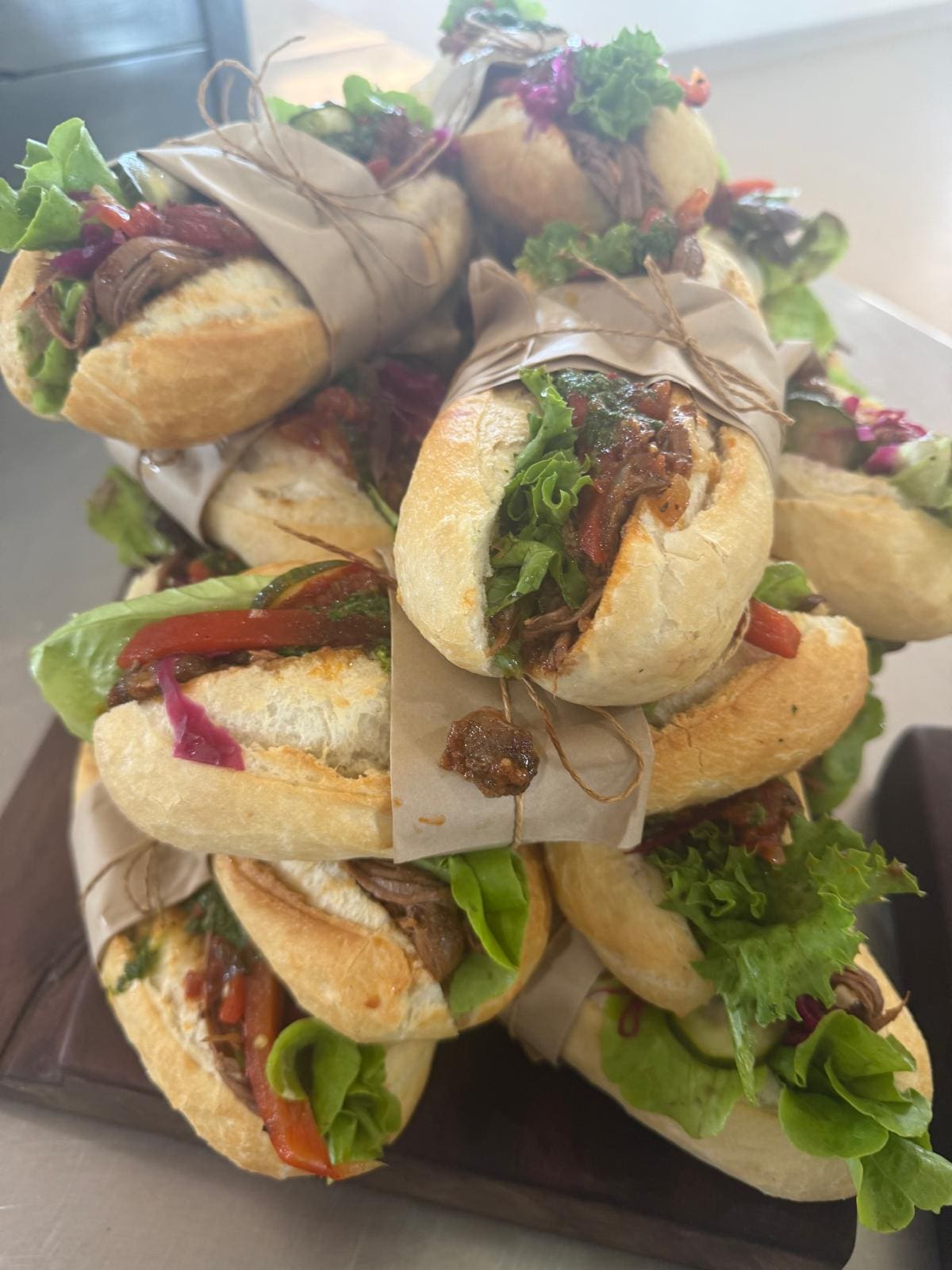
HAVE YOUR SAY